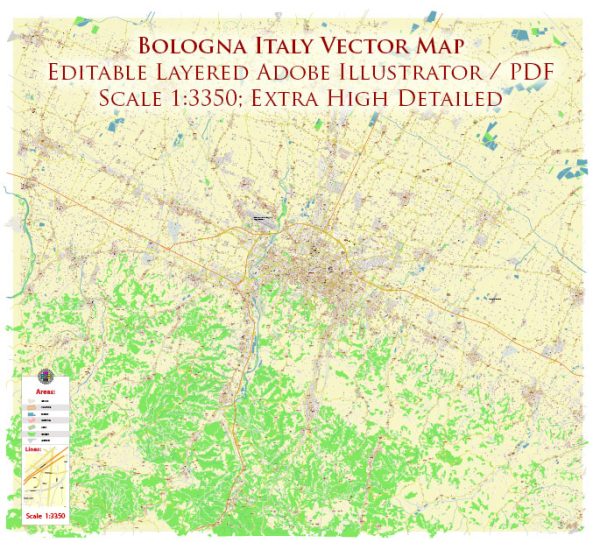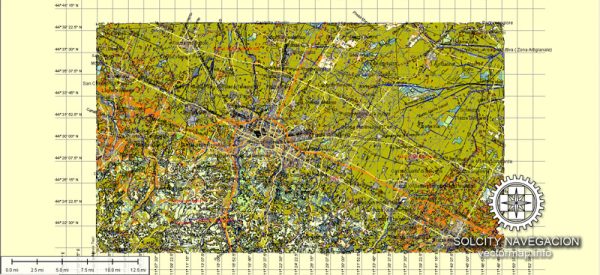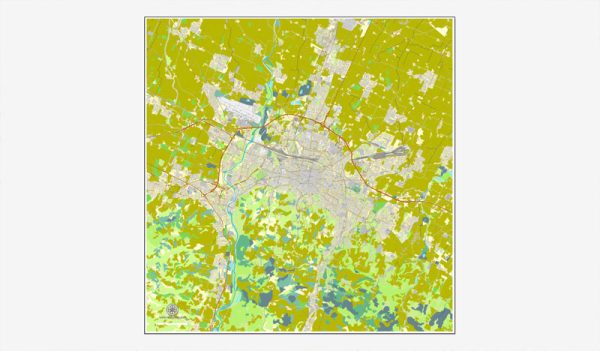The history of urban development in Bologna, Italy, is a rich and complex one that spans over a thousand years. Bologna is the capital of the Emilia-Romagna region and is known for its historical significance, vibrant culture, and well-preserved medieval architecture. Here is an overview of Bologna’s urban development history:
- Etruscan and Roman Period: Bologna’s history dates back to the Etruscan civilization, which existed in the region in ancient times. It was later colonized by the Romans, who named it “Bononia.” During the Roman era, Bologna served as an important hub due to its strategic location along the Via Emilia, a major road connecting the cities of Rimini and Piacenza.
- Medieval Bologna: The Middle Ages saw significant growth and development in Bologna. The city became a major center of learning and culture, with the establishment of one of Europe’s earliest universities, the University of Bologna, in 1088. The city’s medieval architecture, including its famous towers and arcades, began to take shape during this period. The numerous towers that once graced the city skyline were a symbol of wealth and power.
- Renaissance and Early Modern Period: Bologna was part of the Papal States during the Renaissance and early modern period, which influenced its development and architecture. While the city remained an important cultural and educational center, the influence of the Catholic Church left a lasting mark on the urban landscape, with the construction of churches and palaces. The city’s streets and squares continued to evolve, and the famous Neptune Fountain was built in the 16th century.
- Napoleonic and Post-Napoleonic Period: Bologna, like many Italian cities, came under the influence of Napoleon Bonaparte’s empire in the late 18th century. During this period, Bologna saw significant urban planning and transformation, with the creation of new public spaces and the removal of some of the medieval fortifications. After the fall of Napoleon, Bologna became part of the Papal States once again.
- Italian Unification: Bologna played a significant role in the Italian unification (Risorgimento) in the 19th century. The city was a center of political and revolutionary activities, and in 1860, Bologna became part of the newly formed Kingdom of Italy. This period marked a shift in the city’s governance and urban development, with the removal of the remaining medieval walls and the expansion of the city beyond its historic core.
- 20th Century and Beyond: Bologna continued to expand and modernize in the 20th century, with the construction of new neighborhoods and infrastructure. The city’s medieval and Renaissance heritage was preserved and celebrated, making it a UNESCO Creative City of Music and a popular destination for tourists and scholars.
Bologna’s history of urban development is a fascinating journey through the centuries, marked by the interplay of Etruscan, Roman, medieval, Renaissance, and modern influences. The city’s vibrant culture, educational institutions, and architectural heritage continue to make it a captivating place to explore and study the history of urban development.




 Author: Kirill Shrayber, Ph.D.
Author: Kirill Shrayber, Ph.D.